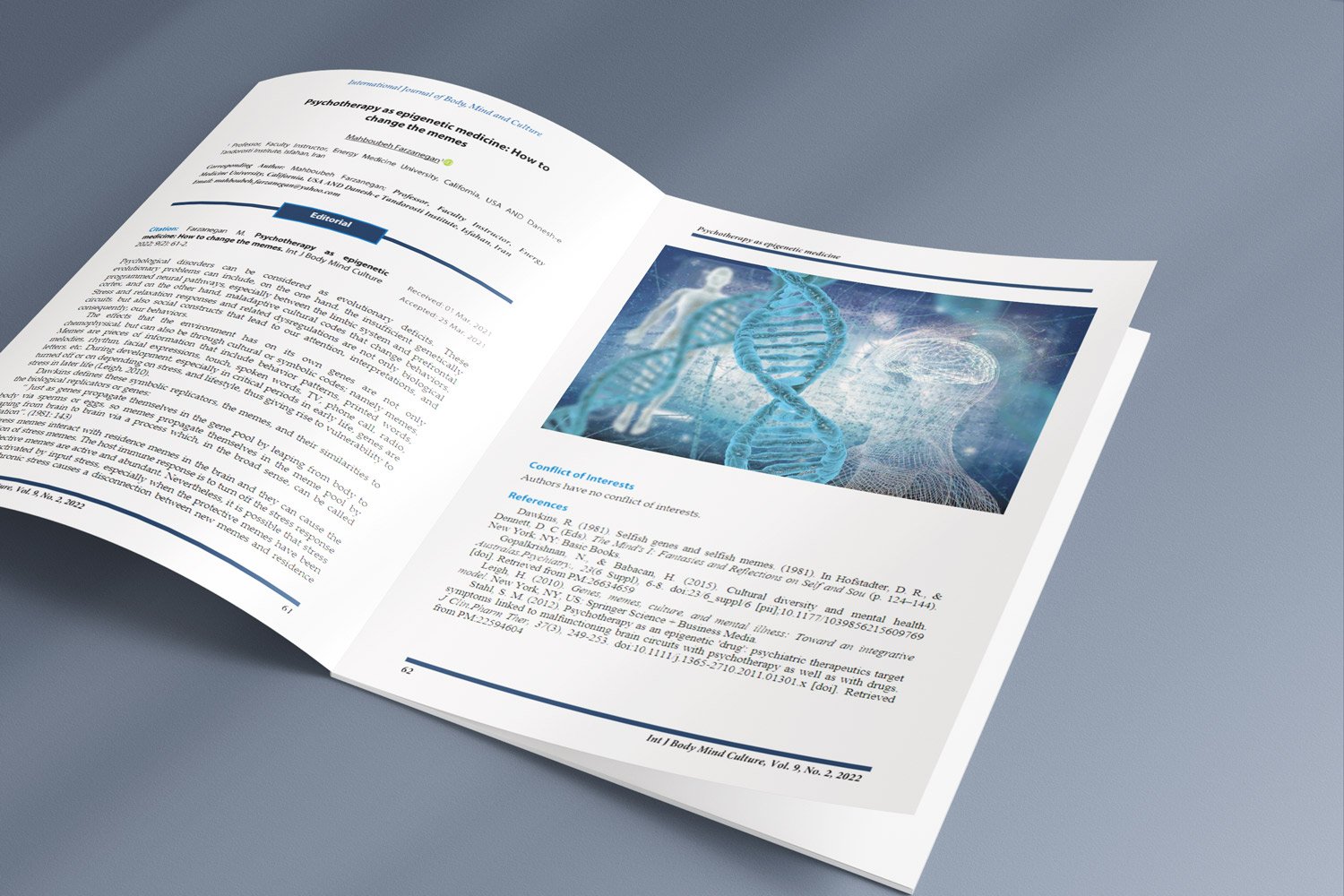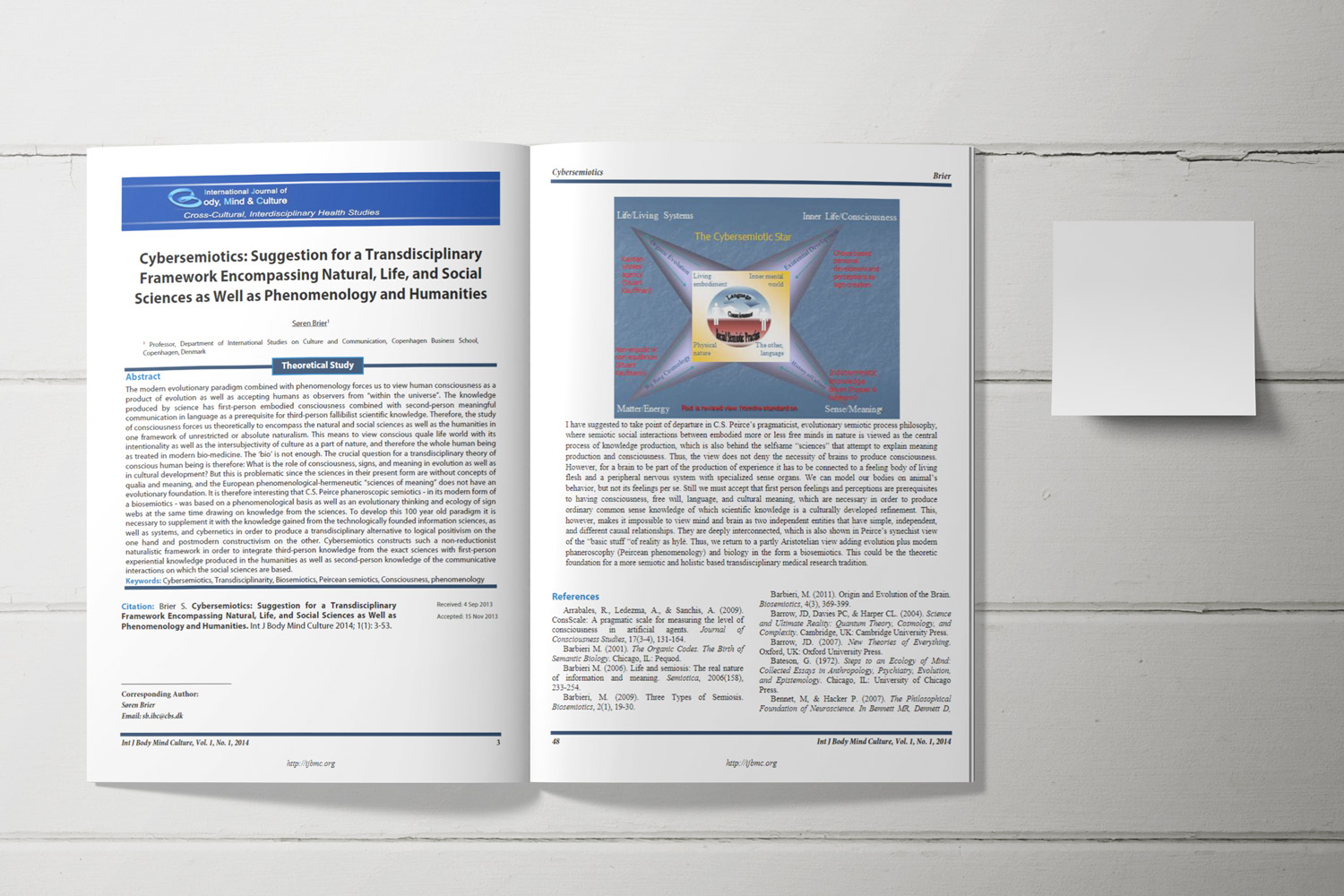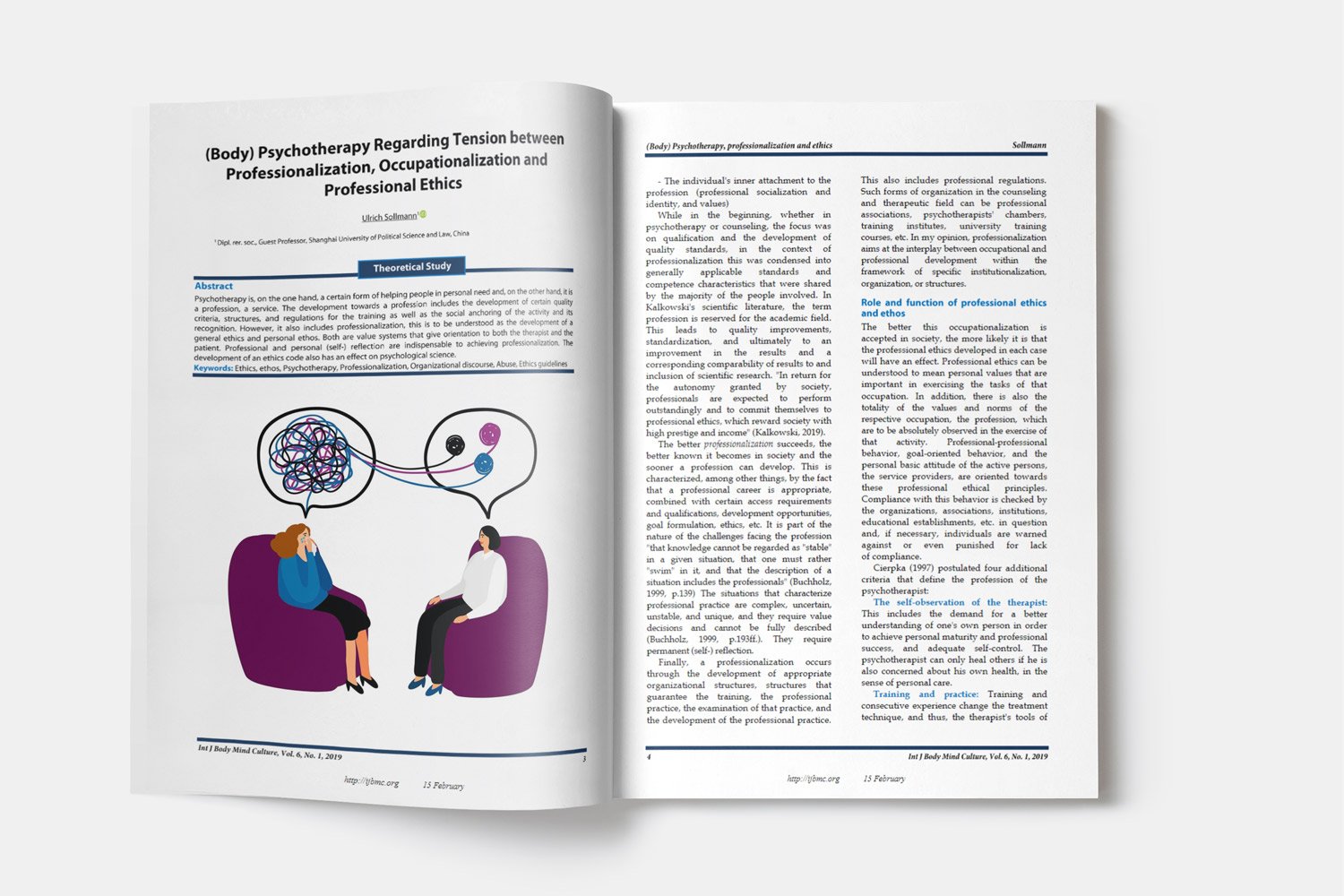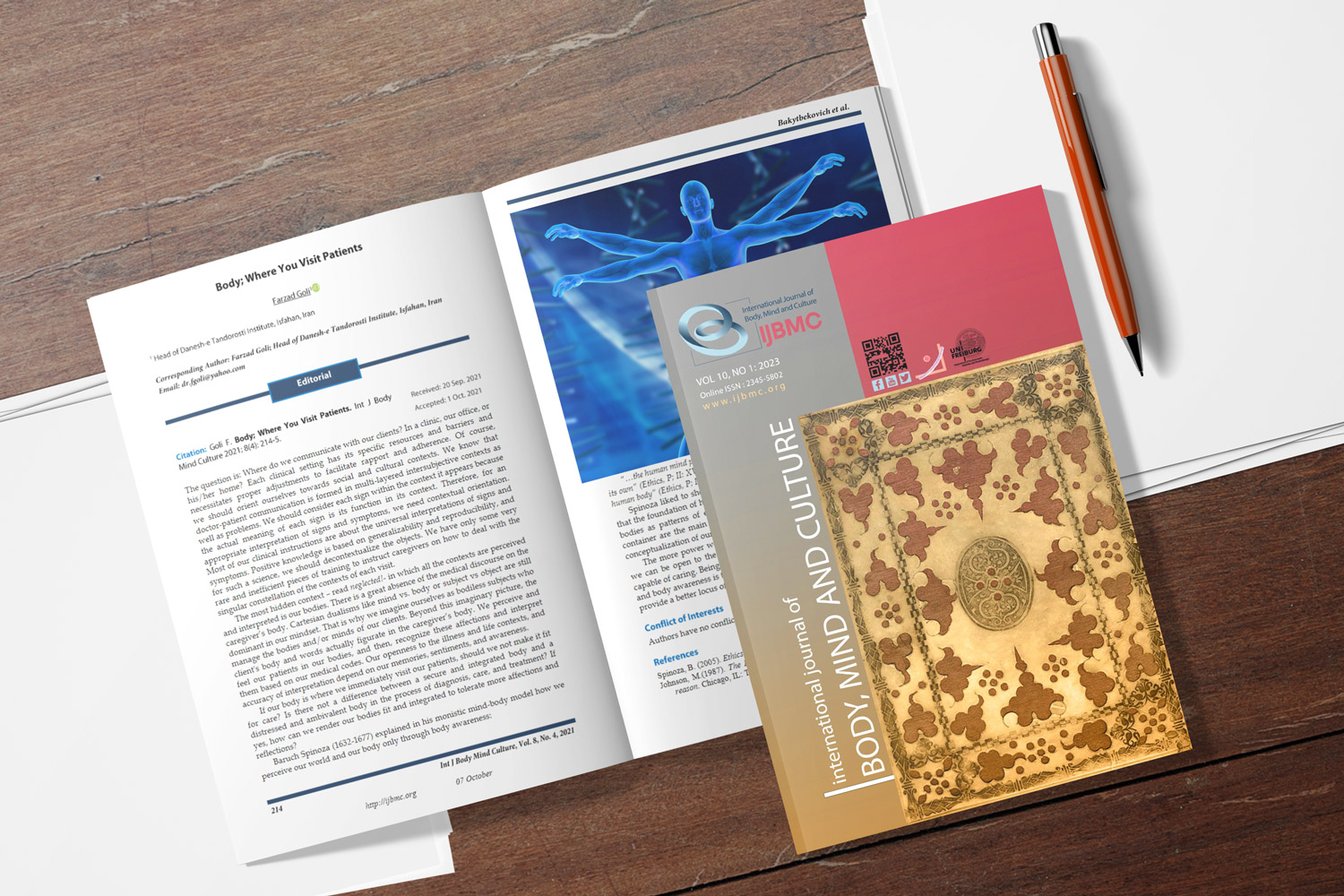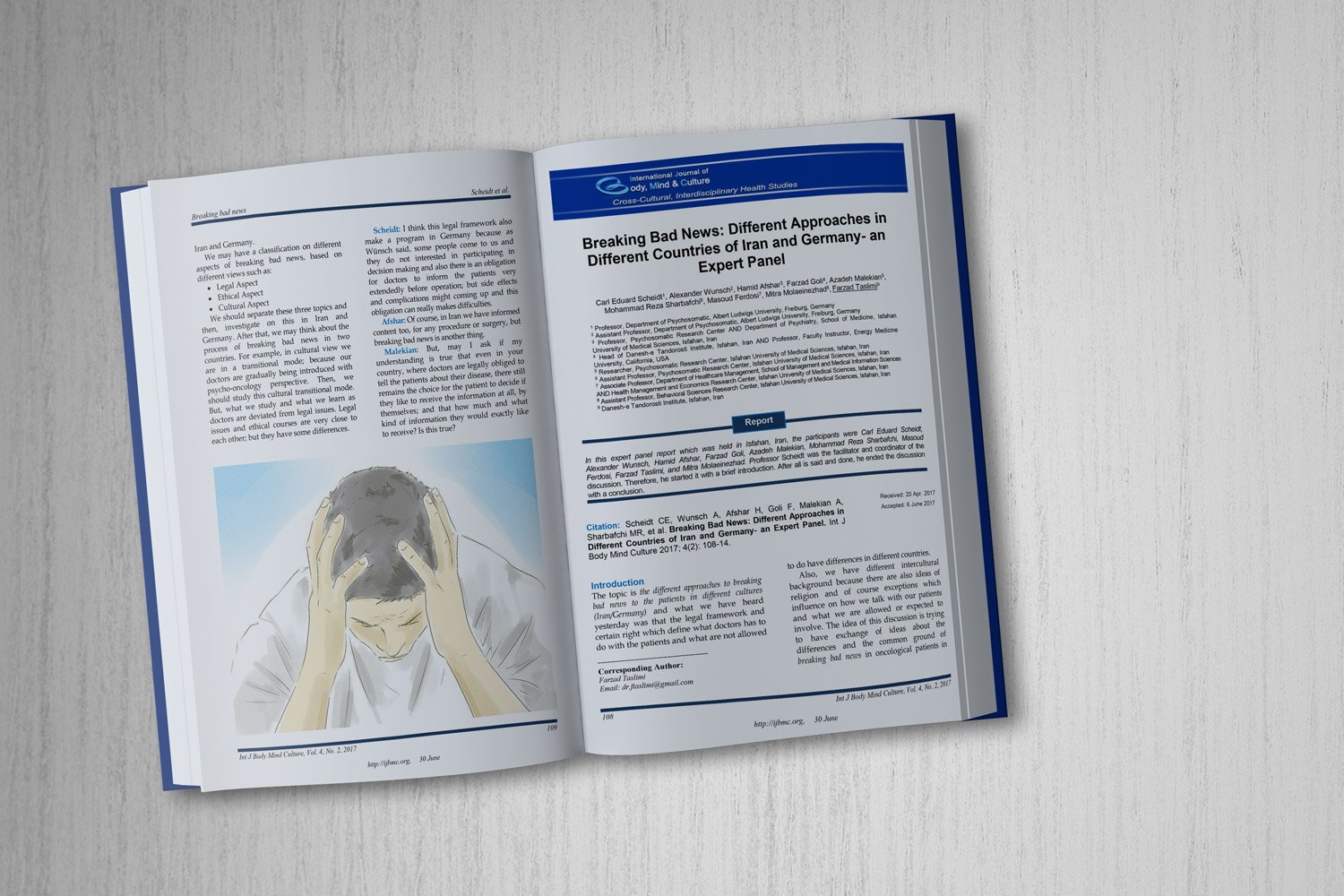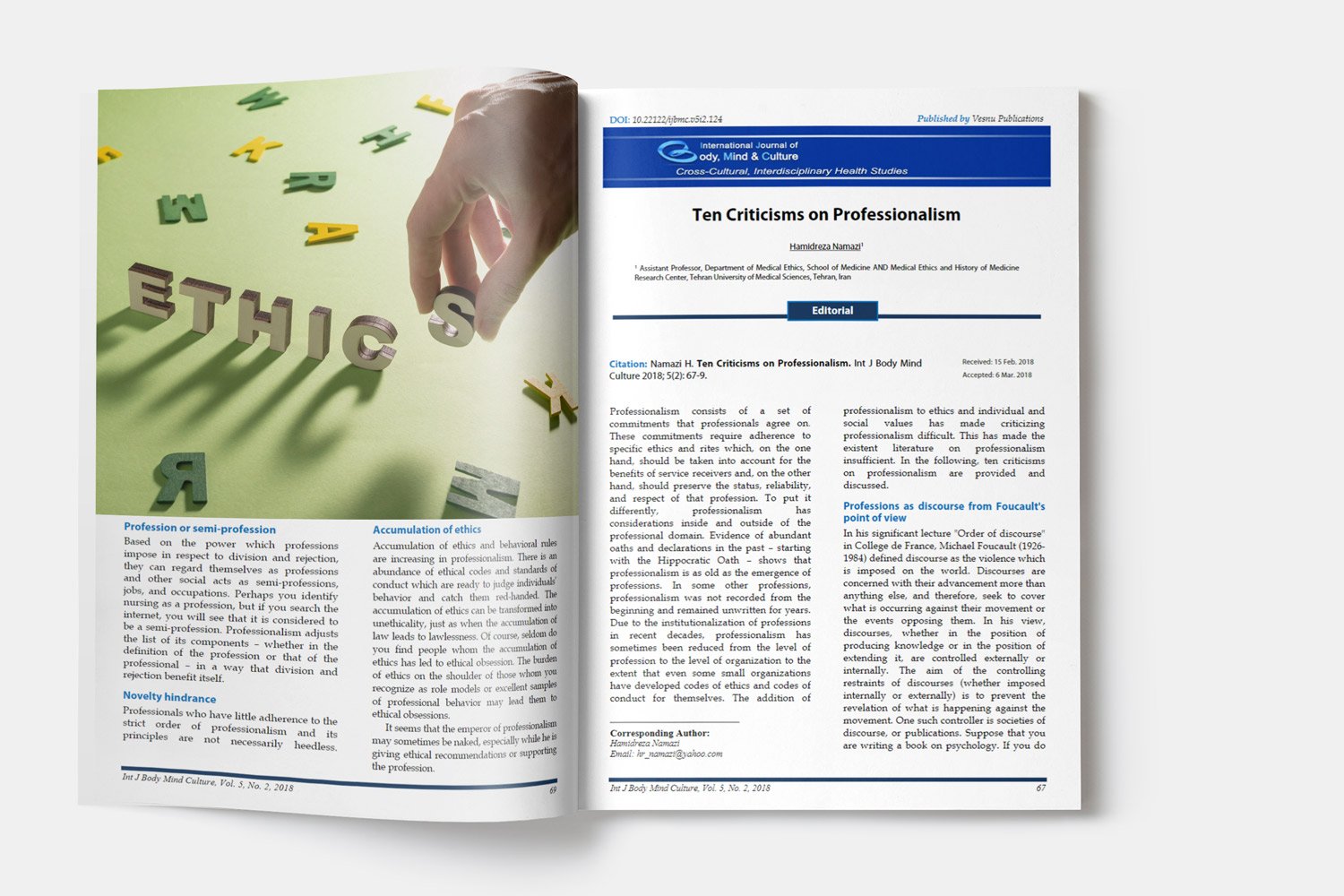Effect of Virtual Reality on Anxiety Levels in Patients After Percutaneous Coronary Intervention: A Randomized Clinical Trial
Downloads
Background: Various non-pharmacological methods, including virtual reality (VR), are presently employed as adjunctive tools in the management of anxiety. Anxiety and its related problems are prevalent among people with cardiovascular disease and can substantially affect heart function. This study aimed to investigate the effects of virtual reality (VR) technology on post percutaneous coronary intervention anxiety.
Method: Randomized clinical trial, Were simple randomly divided into 77 patients in control and 77 patients in intervention groups, admitting to the Karbala Center for Cardiac Disease and Surgery in Karbala city, Iraq, from September 16, 2024, to January 20, 2025. In the intervention group, a smoothing 3D videos are shown. Data were collected using a socio-demographic information sheet, and the visual analogue scale for Anxiety (VAS-A). Statistical analysis was performed using independent t-test, Spearman’s correlation coefficient, Mann Whitney U, and Kruskal Wallis H, and ANOVA with SPSS software version 27.
Result: The majority of the participants were male 56.9% in the intervention group and female 54.2% in the control group. The (Mean ± SD) age of them in the intervention and control groups was (57.38 ± 6.514) and (60.53 ± 7.530) years, respectively. A significant difference (P<0.01) was noted for mean score of anxiety between intevention and control group, while the control group showed no significant differences (P>0.05).
Conclusion: The virtual reality protocol-based distraction strategy dramatically reduces post-PCI anxiety levels. It is advised that simulation be used as a proactive strategy to reduce anxiety following PCI.
Downloads
Aboalizm, S. E., El Gahsh, N. F., & Masry, S. E. (2016). Effect of early nursing preparation on anxiety among patients undergoing cardiac catheterization. American Journal of Nursing Science, 5(5), 222-231. https://doi.org/10.11648/j.ajns.20160505.17
Ashour, A., Al-Rawashdeh, S., Al-Smadi, A., Alshraifeen, A., & Shajrawi, A. (2023). Changes in the anxiety levels of patients undergoing percutaneous coronary intervention. Dimensions of Critical Care Nursing, 42(1), 15-21. https://journals.lww.com/dccnjournal/fulltext/2023/01000/Changes_in_the_Anxiety_Levels_of_Patients.4.aspx?context=LatestArticles
Assari, S., Zandi, H., Ahmadi, K., & Saleh, D. K. (2017). Extent of coronary stenosis and anxiety symptoms among patients undergoing coronary angiography. The Journal of Tehran University Heart Center, 12(4), 155. http://jthc.tums.ac.ir/
Athbi, H. A., & Hassan, H. B. (2019). Health Beliefs of Patients with Coronary Heart Disease Toward Secondary Prevention: The Health Beliefs Model as a Theoretical Framework. Indian Journal of Public Health Research & Development, 1(1), 821-826. https://doi.org/10.5958/0976-5506.2019.00161.X
Bashir, Z. S., Misquith, C., Has, P., & Bukhari, S. M. (2024). The Effectiveness of Virtual Reality on Anxiety and Pain Management in Patients Undergoing Cardiac Procedures: A Systematic Review and Meta-Analysis. Cureus, 16(4). https://doi.org/10.7759/cureus.57557
Brown, K., & Foronda, C. (2020). Use of virtual reality to reduce anxiety and pain of adults undergoing outpatient procedures. Informatics, 7(3), 36. https://doi.org/10.3390/informatics7030036ER -
Bruno, R. R., Lin, Y., Wolff, G., Polzin, A., Veulemans, V., Klein, K., & Jung, C. (2020). Virtual reality-assisted conscious sedation during transcatheter aortic valve implantation: a randomised pilot study. EuroIntervention, 16(12), e1014-e1020. https://doi.org/10.4244/eij-d-20-00269
Dagenais, G. R., Leong, D. P., Rangarajan, S., Lanas, F., Lopez-Jaramillo, P., Gupta, R., & Yusuf, S. (2020). Variations in common diseases, hospital admissions, and deaths in middle-aged adults in 21 countries from five continents (PURE): a prospective cohort study. The lancet, 395(10226), 785-794. https://doi.org/10.1016/S0140-6736(19)32007-0
el Mathari, S., Hoekman, A., Kharbanda, R. K., Sadeghi, A. H., de Lind van Wijngaarden, R., Götte, M., & Kluin, J. (2024). Virtual Reality for Pain and Anxiety Management in Cardiac Surgery and Interventional Cardiology. JACC: Advances, 3(2), 100814. https://doi.org/10.1016/j.jacadv.2023.100814
Gu, G., Zhou, Y., Zhang, Y., & Cui, W. (2016). Increased prevalence of anxiety and depression symptoms in patients with coronary artery disease before and after percutaneous coronary intervention treatment. BMC Psychiatry, 16, 1-9. https://doi.org/10.1186/s12888-016-0972-9
Hornblow, A. R., & Kidson, M. A. (1976). The visual analogue scale for anxiety: a validation study. Australian and New Zealand Journal of Psychiatry, 10(4), 339-341. https://doi.org/10.3109/00048677609159523
Hughes, S. J. (2022). Kozier and Erb's Fundamentals of Nursing: Concepts, Process and Practice (Vol. 12). https://dehaghan.iau.ir/file/download/page/1673869075-kozier-and-erb-s-fundamentals-of-nursing-concepts-process-and-practice-global-edition-pearson-2022-part-1-450.pdf
Ioannou, A., Papastavrou, E., Avraamides, M. N., & Charalambous, A. (2020). Virtual reality and symptoms management of anxiety, depression, fatigue, and pain: a systematic review. Sage Open Nursing, 6, 2377960820936163. https://doi.org/10.1177/2377960820936163
Johnson, A. K., Hayes, S. N., Sawchuk, C., Johnson, M. P., Best, P. J., Gulati, R., Tweet, M. S., Palandacic, A. K., Radez, J., Ucman, S., Lainscak, M., & Sarotar, B. N. (2020). Analysis of posttraumatic stress disorder, depression, anxiety, and resiliency within the unique population of spontaneous coronary artery dissection survivors. Evaluating anxiety in elective coronary angiography study: rationale, design, and study methodology. Journal of the American Heart Association, 9(9), 678-684. https://doi.org/10.1161/JAHA.119.014372 10.2459/jcm.0000000000001355
Jung, C., Wolff, G., Wernly, B., Bruno, R. R., Franz, M., Schulze, P. C., & Kelm, M. (2022). Virtual and augmented reality in cardiovascular care: state-of-the-art and future perspectives. Cardiovascular Imaging, 15(3), 519-532. https://doi.org/10.1016/j.jcmg.2021.08.017
Keshvari, M., Yeganeh, M. R., Paryad, E., Roushan, Z. A., & Pouralizadeh, M. P. (2023). The effect of virtual reality distraction on reducing patients' anxiety before coronary angiography: a randomized clinical trial study. The Egyptian Heart Journal, 73, 1-8. https://doi.org/10.1186/s43044-021-00224-y
Khan, S. Q., & Ludman, P. F. (2022). Percutaneous coronary intervention. Medicine. Medicine, 50(7), 437-444. https://doi.org/10.1016/j.mpmed.2022.04.008
Ko, S. Y., Wong, E. M., Ngan, T. L., Leung, H. K., Kwok, K. T., Tam, H. F., & Chan, C. C. (2024). Effects of virtual reality on anxiety and pain in adult patients undergoing wound-closure procedures: A pilot randomized controlled trial. Digital Health, 10, 20552076241250157. https://doi.org/10.1177/20552076241250157
Kodvavi, M. S., Asghar, M. A., Ghaffar, R. A., Nadeem, I., Bhimani, S., Kumari, V., & Ghazni, M. S. (2023). Effectiveness of virtual reality in managing pain and anxiety in adults during the periprocedural period: a systematic review and meta-analysis. Langenbeck's Archives of Surgery, 408(1), 301. https://doi.org/10.1007/s00423-023-03046-5
Mahmood, F. M. (2023). Common complications associated with the femoral sheath removal after cardiac catheterization according to type of technique: comparative study. Bahrain Medical Bulletin, 45(1). https://www.bahrainmedicalbulletin.com/March2023/BMB-22-360.pdf
Micheluzzi, V., Burrai, F., Casula, M., Serra, G., Al Omary, S., Merella, P., & Casu, G. (2024). Effectiveness of virtual reality on pain and anxiety in patients undergoing cardiac procedures: a systematic review and meta-analysis of randomized controlled trials. Current Problems in Cardiology. https://doi.org/10.1016/j.cpcardiol.2024.102532
Ministry of Health/ Environment/Kerbala Health Director/Department's statistics. (2023). https://moh.gov.iq/?article=6979
Mohamed Eldesoky, H. A., & Elesawy, F. M. (2021). Valsalva Maneuver: Reducing Procedural Pain and Anxiety for Patients Undergoing Peripheral Intravenous Cannulation. Egyptian Journal of Nursing and Health Sciences, 2(2), 44-63. https://doi.org/10.21608/ejnhs.2021.234491
Morgan, H., & Gallagher, S. M. (2019). 59 The effect of a virtual reality immersive experience upon anxiety levels in patients undergoing cardiac catheterisation: the virtual cath trial. Heart, 105(Suppl 6), A50. https://doi.org/10.1136/heartjnl-2019-BCS.57
Palandacic, A. K., Radez, J., Ucman, S., Lainscak, M., & Sarotar, B. N. (2022). Evaluating anxiety in elective coronary angiography study: rationale, design, and study methodology. Journal of Cardiovascular Medicine, 23(10), 678-684. https://journals.lww.com/jcardiovascularmedicine/fulltext/2022/10000/Evaluating_anxiety_in_elective_coronary.6.aspx
Rakhshani, M., Mohsenpour, M., Fovji, S., & Tadayyon Far, M. (2014). The effects of guided imagery on patients' anxiety undergoing cardiac catheterization. Journal of Sabzevar University of Medical Sciences, 20(5), 689-695. https://jsums.medsab.ac.ir/article_386.html?lang=en
Sagheer, Z. S., & Dawood, H. A. (2024). Effectiveness of Foot Massage on Selected Physiological Parameters among Patients with Acute Coronary Syndrome. Current Problems in Cardiology. https://doi.org/10.1016/j.cpcardiol.2024.102780
Saini, R. K., Chaudhury, S., Singh, N., Chadha, D. S., Kapoor, R., Ashour, A., Al-Rawashdeh, S., Al-Smadi, A., Alshraifeen, A., & Shajrawi, A. (2022). Depression, anxiety, and quality of life after percutaneous coronary interventions. Changes in the anxiety levels of patients undergoing percutaneous coronary intervention. Industrial Psychiatry Journal, 31(1), 6-18. https://doi.org/10.4103/ipj.ipj_126_21 10.1097/dcc.0000000000000560
Sariköse, A., & Turan, G. B. (2024). The Effects of Virtual Reality Application on Pain Intensity, Anxiety Level and Patient Satisfaction in Patients Who Undergo Bronchoscopy: A Randomized Controlled Trial. Pain Management Nursing. https://doi.org/10.1016/j.pmn.2024.10.007
Winnige, P., Vysoky, R., Dosbaba, F., & Batalik, L. (2021). Cardiac rehabilitation and its essential role in the secondary prevention of cardiovascular diseases. World Journal of Clinical Cases, 9(8), 1761. https://doi.org/10.12998/wjcc.v9.i8.1761
World Health Organization. (2021). Cardiovascular diseases (CVDs). https://doi.org/10.37616/2212-5043.1336
Yujeong, K. I. M. (2022). Health-related quality of life in patients with coronary artery disease undergoing percutaneous coronary intervention: a cross-sectional study. Journal of Nursing Research, 30(1). https://doi.org/10.1097/jnr.0000000000000465
Copyright (c) 2025 International Journal of Body, Mind and Culture

This work is licensed under a Creative Commons Attribution-NonCommercial 4.0 International License.










